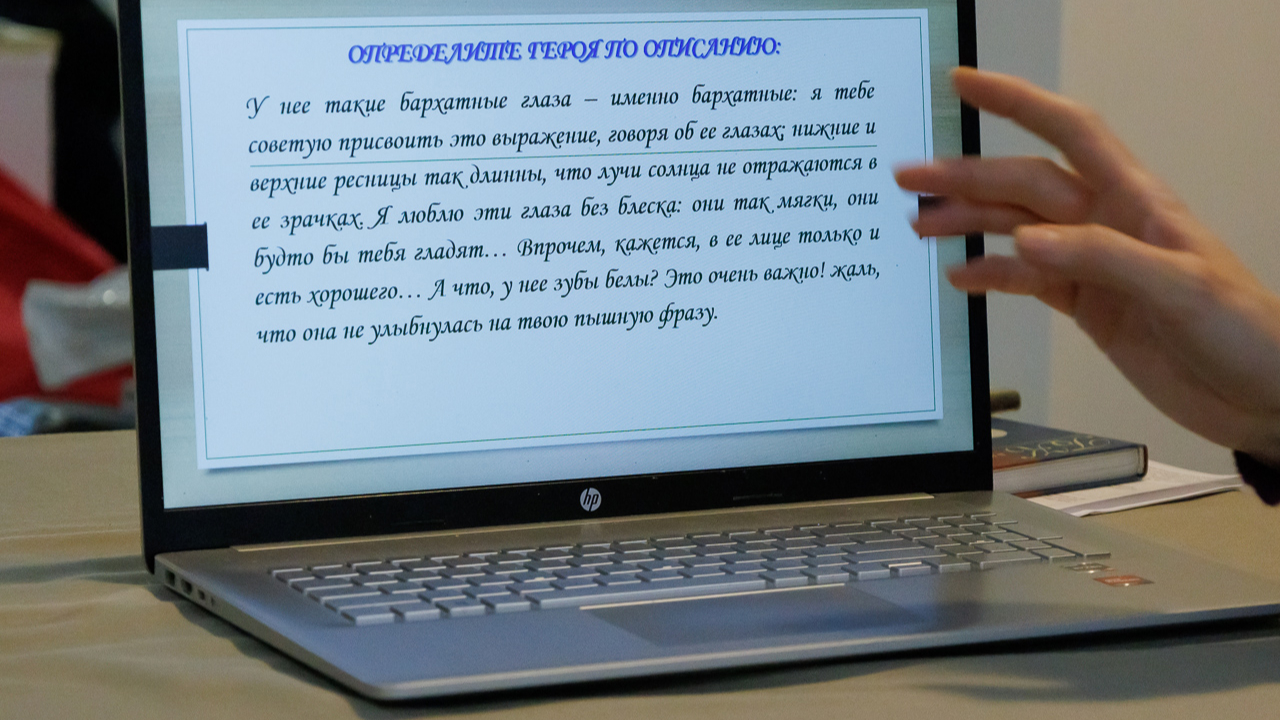On December 14th of this year, the last literary salon took place. It was dedicated to the work of Lermontov, “Hero of Our Time.”
There was a large turnout, and it was pleasing to note that news of the salon spread by word of mouth. We hope that newcomers enjoyed it and will become part of our friendly community.
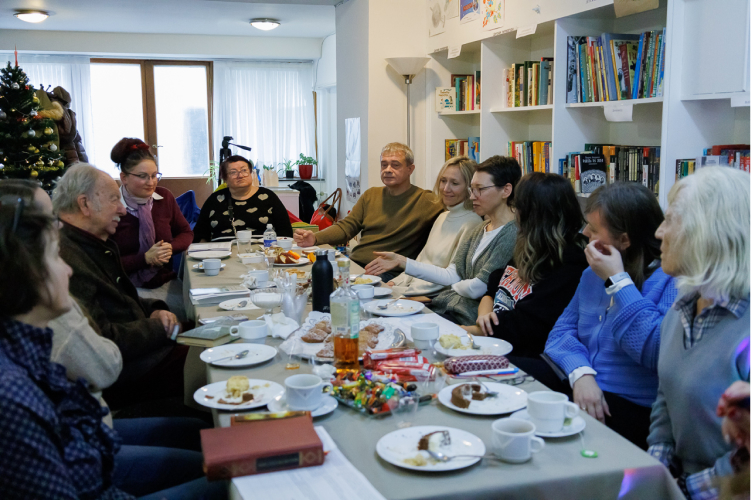
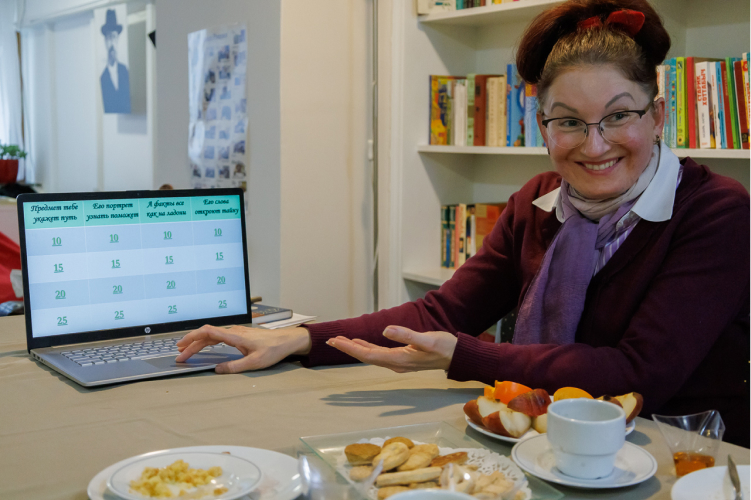
This time, the salon was not led by me, but by one of the participants. Natalia prepared for this event with full responsibility.
She provided material about the poet himself, a brief analysis of the work’s structure, discussion questions, an interactive computer game, and a quiz.
The discussion began, or to be more precise, the condemnation of Pechorin for his treatment of Bela: a young Circassian girl abducted by Pechorin’s own brother at Pechorin’s request. The girl interested the hero only until he “broke” her and made her his own. Despite knowing the customs and traditions of the Caucasus, he created a “compliant doll” out of her. This situation is now commonly referred to as the “Stockholm Syndrome”: the victim justifies the executioner.
“Taman” stands out because, although Pechorin disrupted the lives of “peaceful smugglers,” they did not fall under his influence. The girl he intended to seduce played on his ego, and only a fortunate coincidence saved him from death.
The male perspective on the work was very interesting. Konstantin noted that all the women in the work are, metaphorically speaking, part of the landscape. Only one stands out: Vera.
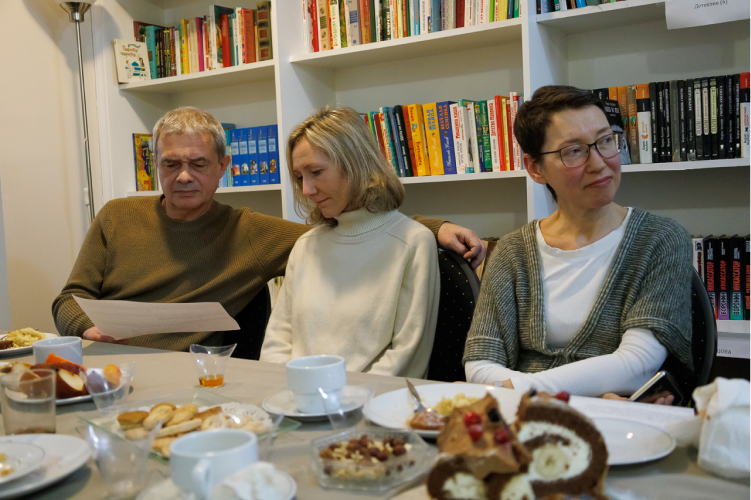
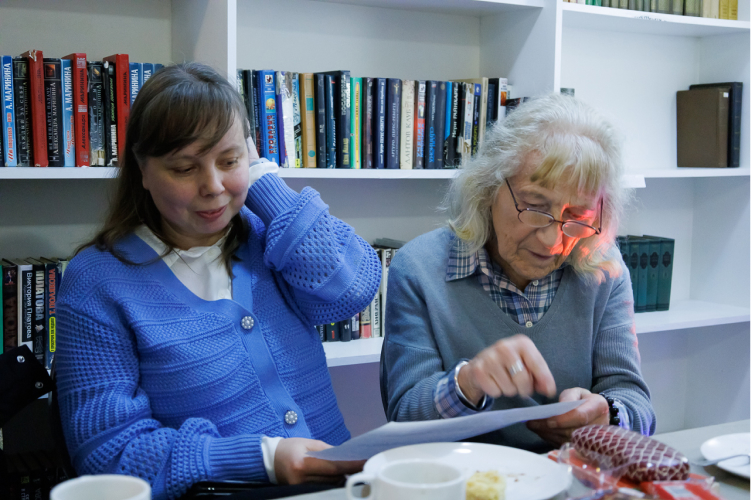
Lermontov belongs to the symbolists. Vera is faith, the horse is life, the sail is a lonely wandering soul, and so on.
Who was Pechorin? A misanthrope? Fatalist? Psychopath? Sociopath? Egoist? Energy vampire? He lived for his own pleasure, giving little thought to the broken lives of those who crossed his path.
Everyone who encountered Pechorin lacked any distinctive trait; they were weak-willed and pale, easily falling for his tricks and playing by his rules. The exception was the girl from Taman, the only one who tried to destroy Pechorin himself, not succumbing to his charms.
Maxim Maximovich, the character who introduces us to Pechorin, is contradictory. On one hand, he spent a lot of time in the Caucasus, strong-willed and knowledgeable about dealing with the mountain people. On the other hand, he is an old man brought to emotional trauma by Pechorin’s indifference in their last meeting.
The novel remains relevant today. Who is Pechorin in modern times? A wealthy individual who doesn’t know how to entertain and occupy themselves. They have plenty of money, but it is spent not wisely but to satisfy their ego, often at the expense of others.
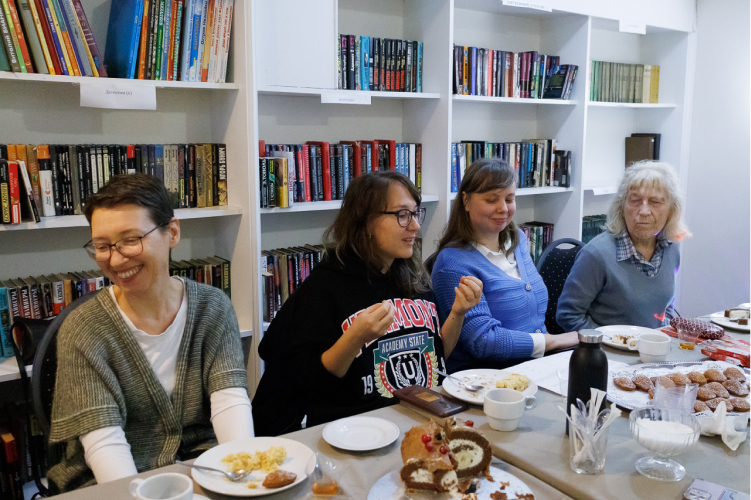
In conclusion, we were offered a game: guess the character based on the description. We invite you to play along.
Никому молодыми казачками, … он никогда не волочился. придать ему вид существа особенного, не способного делиться мыслями и страстями с теми, которых судьба дала ему в не поверял своих душевных и семейных тайн; вина почти вовсе не пил, за товарищи. Была только одна страсть, которой он не таил: страсть к игре.
Он был мал ростом, и худ, и слаб, как ребенок; одна нога была у него короче другой, как у Байрона; в сравнении с туловищем голова его казалась огромна: он стриг волосы под гребенку…. Его маленькие черные глаза, всегда беспокойные, старались проникнуть в ваши мысли. В его одежде заметны были вкус и опрятность; его худощавые, жилистые и маленькие руки красовались в светло-желтых перчатках. Его сюртук, галстук и жилет были постоянно черного цвета.
Он ловок, как бес и похож на дикого барса или кошку. Очень мстительный и упрямый. Торгует баранами и медом…
Правду сказать, рожа у него была самая разбойничья: маленький, сухой, широкоплечий… Бешмет всегда изорванный, в заплатках, а оружие в серебре…
КАЗБИЧ
ВУЛИЧ
ВЕРНЕР
…На ней было закрытое платье, легкая шелковая косынка вилась вокруг ее гибкой шеи. Ботинки стягивали у щиколотки ее сухощавую ножку так мило, что даже не посвященный в таинства красоты непременно бы ахнул, хотя от удивления. Ее легкая, но благородная походка имела в себе что-то девственное, ускользающее от определения, но понятное взору…
…она была хороша: высокая, тоненькая…
Она так похорошела, что чудо; с лица и с рук сошел загар, румянец разыгрался на щеках… что за глаза! они так и сверкали, будто два угля…
…очень хорошенькая, но очень, кажется, больная… Не встретили ль вы ее у колодца? – она среднего роста, блондинка, с правильными чертами, цвет лица чахоточный, а на правой щеке черная родинка: ее лицо меня поразило своей выразительностью…
БЭЛА
МЕРИ
ВЕРА
The next literary salon will take place in January, with the theme: poetry that has touched your heart. Get ready to recite!

